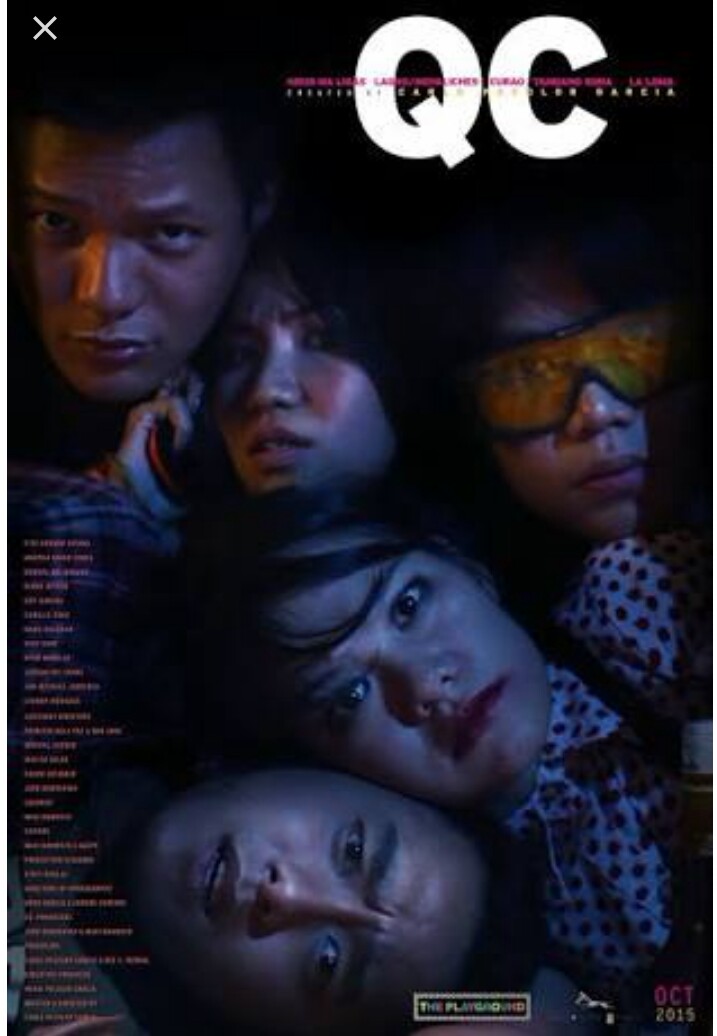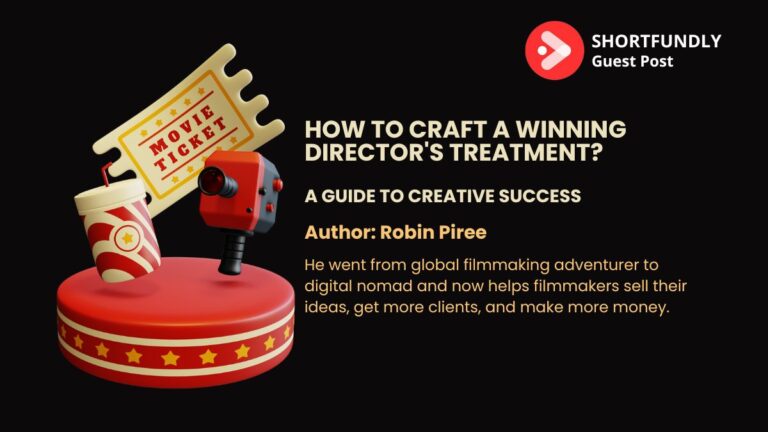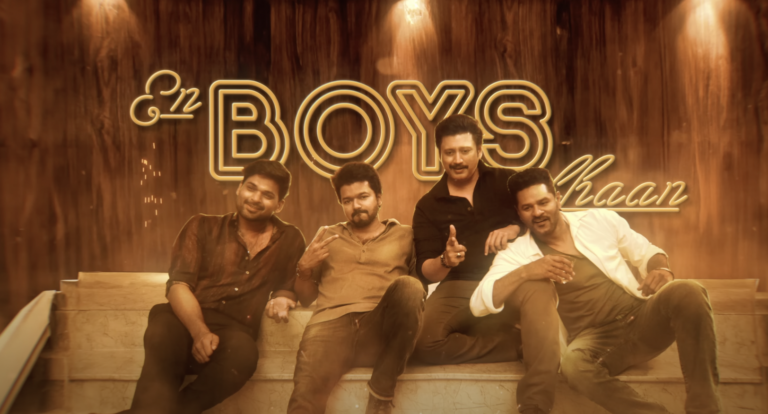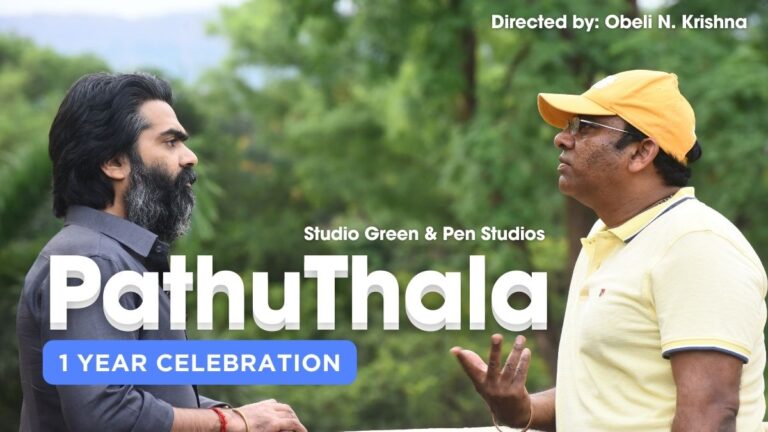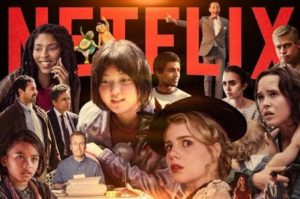About How To Make A Web Series Profitable
I really want to help you out in creating an independent web series ..so let’s start off with a few steps 🙂
Step 1: Use what you already have access to..
How do you make a great web series?
It’s a question that more and more would-be creators are pondering, in an age when YouTube has essentially created an outlet for what we might call “independent television.”
And as with the early-’90s independent film boom, there are lots of questions around how best to produce, finance, and promote a web series, especially with more and more cluttering up online video platforms every day.
If anybody knows how to answer this question, it’s the women behind the series Her Story, whose six-episode first season debuted on YouTube in 2015. Their tender story of the dating lives of a group of queer and trans women in Los Angeles is heartfelt, funny, and deeply honest — so much so that it stood out amid the fray of more high-profile works. It went on to become the only independent TV production to be nominated in the Emmys’ “Outstanding Short Form Comedy or Drama Series” category. (The other four nominees — including eventual winner Childrens Hospital — were all either airing on major TV networks or affiliated with major TV shows.)
1) Use what you have for filming locations — but be creative
Rather than try to film the season guerrilla-style, popping in and out of public spaces with a camera to film scenes, the Her Story producers made sure they filmed everything with the necessary permits — which meant they could close down public spaces to control their filming environment.
But their budget also didn’t allow for, say, renting out a business for a day of filming. And with a series where plenty of scenes are set in coffee shops, bars, and cafes, that meant getting creative. As such, Zak and Fisher had to work with what they had available for locations. Fortunately, the two were roommates, and their house proved surprisingly versatile.
“We shot probably three or four days in our house,” Fisher says. “The coffee shop was our backyard. … A lot of the interiors were shot in our house,” including many scenes in one character’s apartment and most of the show’s bedroom scenes.
But finding other locations proved difficult, and doing so largely meant utilizing spaces in Zak and Fisher’s neighborhood of Echo Park. That’s where they found the other public venues the series shot in, outside of a few extra scenes shot later at a studio and at Los Angeles’s GLAAD offices.
That “work with what you already know” vibe pervaded much of the rest of the series. Many of the actors were people the scripts were written for, and the series’ casting director all but donated her time as well.
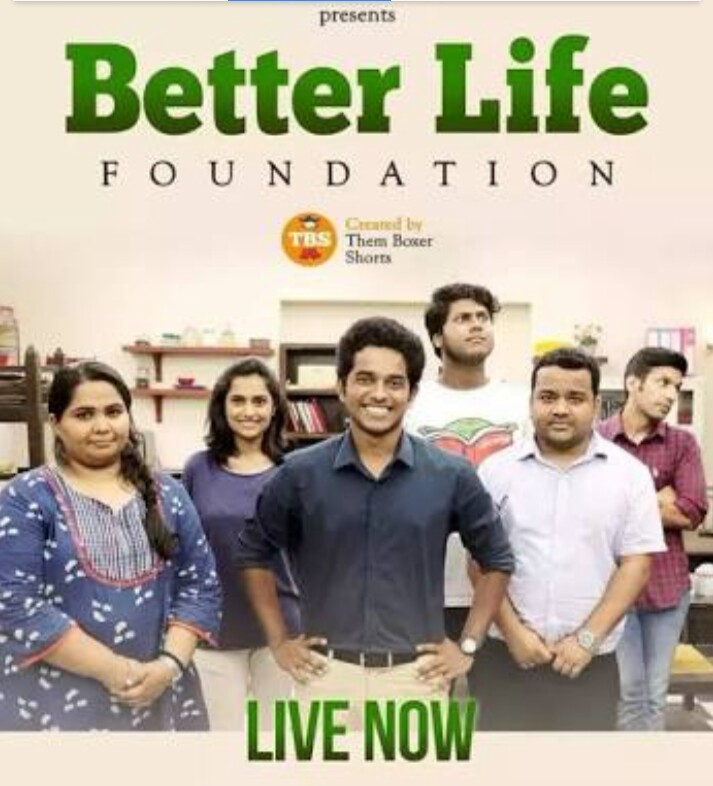
2) Don’t be afraid to crowd fund — but use it as a promotional tool
The Her Story producers didn’t have to raise money for their initial production process — a luxury they admit not every web series producer will have. But when it came time to raise money for the costly post-production process (which would mean hiring editors and technicians to make sure the series’ sound and color were up to par, among other things), they did have to reach out to their community through IndieGoGo.
But that ended up being a handy promotional tool as well. Having a trailer to add to their campaign — and thus let backers understand what the series was — helped, but just by buying into the series, backers felt like they were a part of it.
“Having that start then, [with] people donating $1 or $5, really is one of the reasons why a year later we were nominated for an Emmy. It really did get the word out there. People did feel like they had a part of the series, and they took it upon themselves to get the word out about it,” Fisher says.
By the time Her Story debuted — six months after its trailer and crowdfunding campaign launched — the buzz around the show was healthy, especially for a web series.
“Crowd funding is a really useful tool that can have multiple benefits — not just the money but also that kind of ground-floor support,” Fisher says. This is one of the tips in How To Make A Web Series Profitable.
3) If you’re crowd funding, don’t waste money on perks
Her Story utilized crowd funding, but the producers were intent on making sure the perks they offered wouldn’t break their bank. Since they crowd funded before their additional shoot, that meant a few backers could visit the set during that shoot.
But for other perks, they utilized the cast and crew’s time — which is theoretically free — instead of trying to produce physical items.
“Perks were really important — having things that are kind of outside the box, things that people actually want but also things that aren’t necessarily going to cost you money. Phone calls, texts, tweets. That’s important. A lot of people do perks like T-shirts and mugs and stuff, but the order fulfillment … it usually costs you money in the end,” Fisher says.
4) Work on those scripts
Her Story cast member Angelica Ross (left), producer Kate Fisher, co-creator and star Jen Richards, and co-creator and star Laura Zak attend a September reception for Emmy-nominated producers. Photo by Matt Winkelmeyer/Getty Images
One of the reasons Her Story looks so sharp is because it had top-notch people behind the camera, including director Sydney Freeland and cinematographer Bérénice Eveno. This is one of the tips in How To Make A Web Series Profitable.
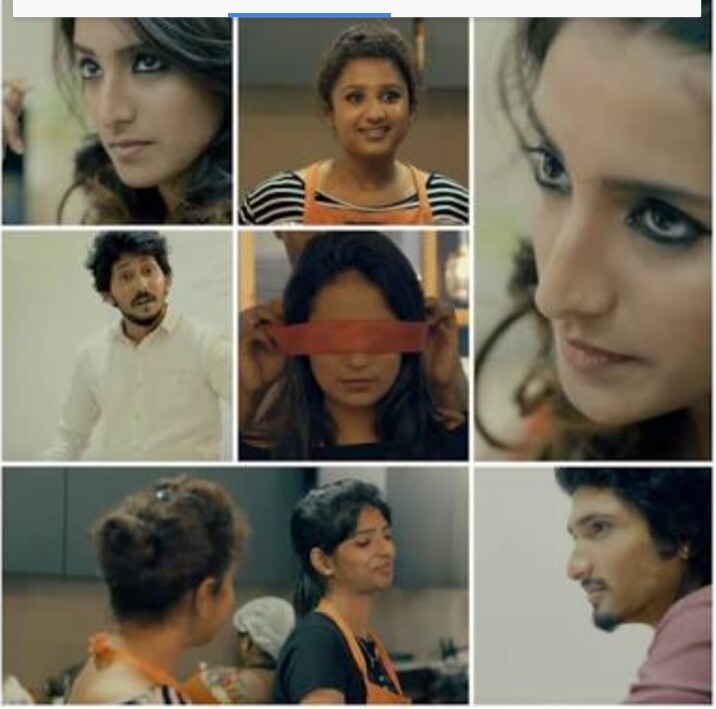
Getting talented pros attached to the show ended up being somewhat easy, Fisher suggests, because of the quality of the scripts from Zak and fellow co-creator Jen Richards.
“The reason we were able to get the talent involved that we did was because of Jen and Laura’s scripts,” Fisher says. “If you have something that people relate to and fall in love with, and if you have characters that you feel could be your friends, and you want to see these things come to life, it starts with the script. If you have that, you can usually find people that want to support that, especially when you’re talking about marginalized groups.”
5) Embrace your values
In the end, one of the most exciting things about independent TV is that it can open the doors even wider to the viewpoints represented onscreen — something the traditional TV industry isn’t always great at.
In the case of Her Story, that meant not just telling a story about trans and queer women onscreen, but opening up the production process to be as diverse as possible as well.
“Our whole cast and crew was over 80 percent female filmmakers and also LGBTQ professionals,” Fisher says. “That was one of our goals going into it was to show that you can make extremely quality programming without compromising in terms of hiring women or hiring people from the LGBTQ communities.”

These are about How To Make A Web Series Profitable.
About Shortfundly
Shortfundly is an online technology and design-focused, data-driven OTT platform company that curates and shares the best short films and stories through our global multi-platform network. Our video and editorial platform enables a global audience to easily discover, watch, and share unique stories anywhere on their desktop and mobile devices.
Our vision is to continually grow the community of short film audiences to enable a wide and accessible market reach for short films and become the leading micro-cinema/short film platform.
If you plan to release and promote in OTT platform. Learn how to distribute short film via shortfundly
For publishing an advertorial article about your digital news / product launch/ short film / web series / album song on our website, drop an email at [email protected]
We accept guest blogging in our platform . Do let share your article with us
